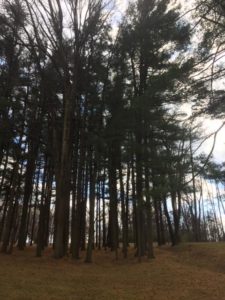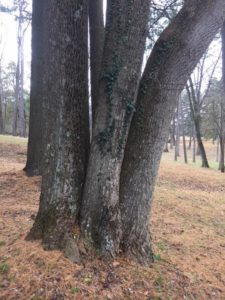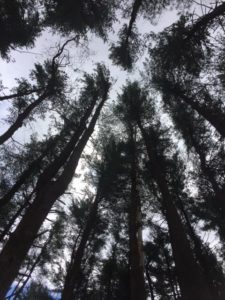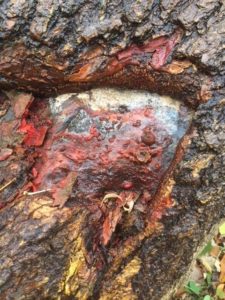My only regret regarding my phenology blog is that I was not able to capture footage or picture of the American Mink on my site. So, though I’m no artist, I decided to draw a sketch of a mink similar to the one I saw at my site.
Additionally, with the past lecture in NR 1 discussing the methods in which animals prepare for winter, I felt inspired to do my own research on the mink in the winter.
Based on the information gathered from the Missouri Department of Conservation, I can conclude that the mink remains active during the winter. With thick fur and an ability to invade the burrows created by other organisms, the mink’s adaptions allow them to survive in the winter. In fact, mink even breed in the winter.
For future reference, I wanted to include information about snow tracks that this animal leaves behind in hopes that I will again discover this fascinating little creature on my site!
Source:
“American Mink.” MDC Discover Nature, nature.mdc.mo.gov/discover-nature/field-guide/american-mink.









